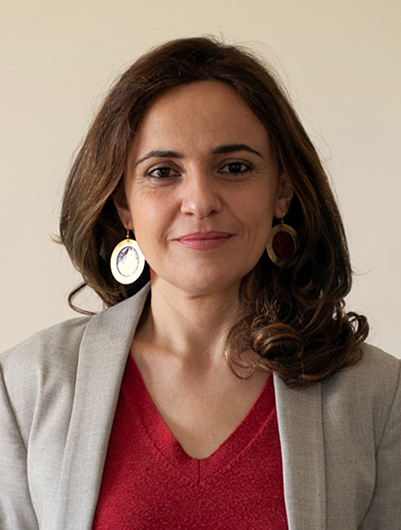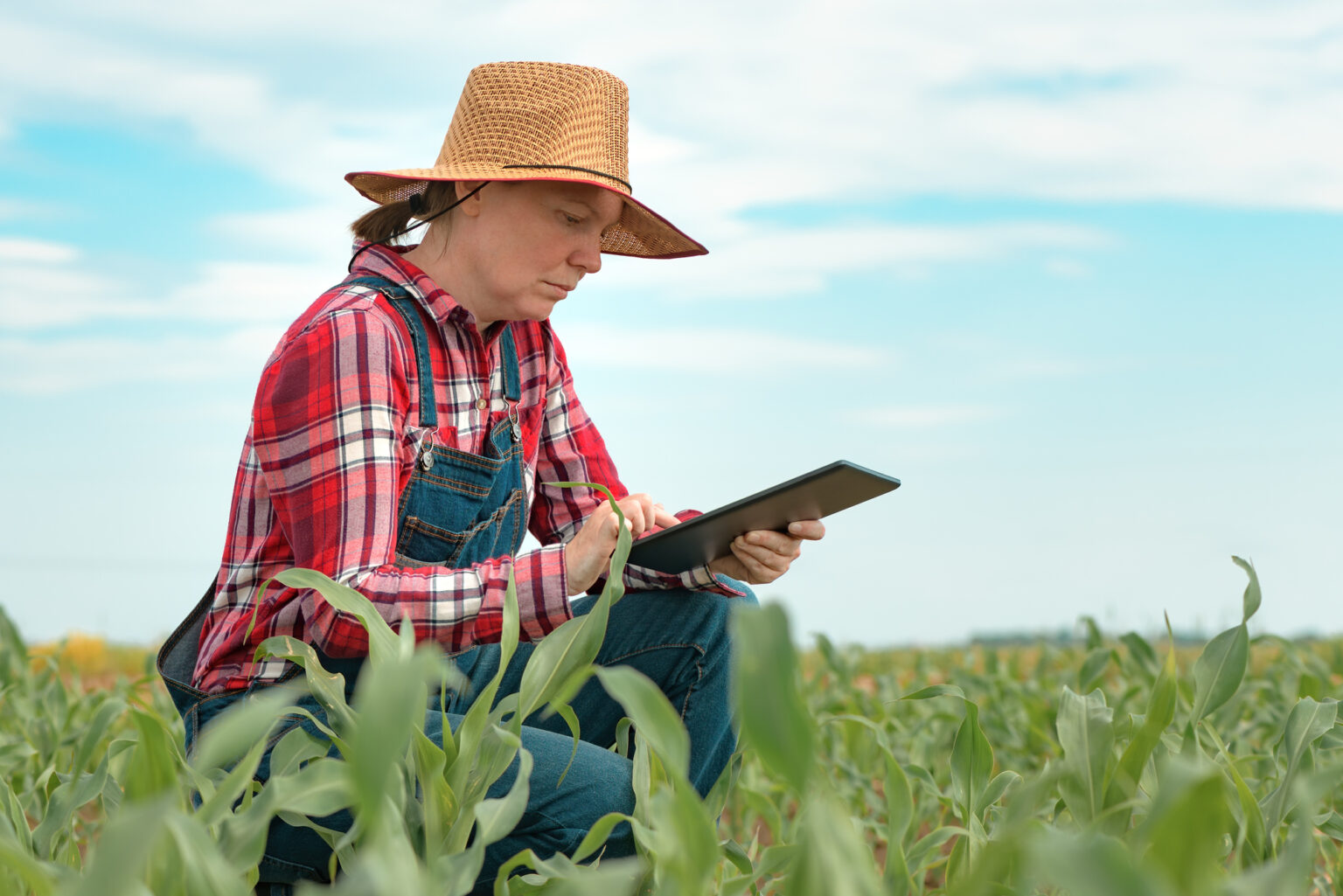The current climate crisis has a direct impact on the work of farmers. It is an issue that is little talked about and even less thought about, but it is at the forefront of the minds of millions of Europeans who depend on agriculture for their livelihoods, and in particular of the many who live in unstable geo-climatic contexts where unpredictable weather conditions, droughts and the steady deterioration of soil fertility are major concerns for the future.
Precision agriculture
There are no more half seasons or huge agricultural areas with homogeneous monocultures. Each farm now has its own specific agricultural focus, which may be different from the neighbouring field. New precision farming techniques are emerging.
This is a system of systematic research and management of the factors (both temporal and spatial) that influence agricultural production processes, with the aim of optimising the use of resources, reducing waste and maintaining high crop quality and quantity.
By analysing the physical and chemical characteristics of each plot, the availability of water, the measurement of electromagnetic radiation reflected from surfaces and other surveying systems, it is possible to classify the different farms and suggest the best practices to be adopted at each stage of production: from soil preparation to sowing, fertilisation, irrigation and even the selective application of plant protection products.
GPS technology makes it possible to compare these different data and to map entire regions, assessing the adaptability of different crops to a given field, using vegetation indices derived from satellite images, calculating needs based on meteorological data and forecasting models, and collecting data directly on the ground.
A web app at the service of agriculture
The ‘XQ the News’ team interviewed Maria Vincenza Chiriacò, a researcher at the Division of Impacts on Agriculture, Forests and Ecosystem Services of the Euro-Mediterranean Centre on Climate Change (CMCC), who is working on several projects on sustainable land use management, including a digital application in Apulia, a southern Italian region at risk of desertification.

Dr Chiriacò, what does your work consist of?
In the first phase of the project, we selected more than 100 agricultural and forestry crops in the Salento region of southern Puglia. We are currently completing the study, which will be useful not only for farmers but also for policy makers and regional planners. Puglia has suffered a severe loss of olive trees due to the Olive Quick Decline Syndrome (OQDS) caused by the bacterium Xylella Fastidiosa and other factors, but there are still many typical crops such as prickly pears, almonds, cherries and pomegranates, or new crops such as cotton and flax, which have almost disappeared from production in our country.
In order to make a greater contribution to climate change mitigation, preference should be given to tree crops which, in addition to providing fruit, have a great capacity to absorb and store carbon dioxide in their wood. The aim is to replace olive trees with other woody crops capable of removing CO2 from the atmosphere and storing it in the wood through photosynthesis.
The climate crisis is forcing us to reduce emissions, but in some sectors, it is difficult to reduce them completely, such as methane emissions from the livestock sector, which will not be reduced in the medium term. The only option is to focus on technological and/or natural removal of emissions. However, technology currently offers us few strategies. The viable solution at the moment is provided naturally by plants, through the process of photosynthesis. The more plants we have, the more CO2 they remove from the atmosphere. This is true for short-cycle or annual plants, but even more so for trees. Agricultural practices also play an important role: reducing the use of chemicals in favour of greater soil biodiversity, for example, helps to sequester carbon in the soil, helping us to achieve ‘net zero’ and combat climate change.
We understand that you are about to launch a digital tool to help farmers in Apulia. Can you tell us what this is about?
It is a type of web application that can also be easily accessed by scanning a QR code. Within the tool it will be possible to view a map of Apulia, allowing the user to locate a specific agricultural plot and consult the system to see which crops could be the most suitable to replace the dry olive trees. With a resolution of about 9 km, the software will indicate exactly which of the more than 100 species analysed are the best, based on current and future climatic conditions, in a scenario up to 2050. It will indicate how much water, if any, these crops will need, what pathogens might emerge and whether there is a potential vulnerability for each species.
In addition, by completing a short questionnaire, the farmer will be able to calculate the level of greenhouse gas emissions that could be generated by that particular plot of land and will be given guidance on a range of sustainable practices that he can adopt to reduce his emissions or even increase carbon sequestration, such as grazing, organic fertilisation and reducing chemical inputs to the field.
Thanks to the carbon sequestration resulting from these practices, farmers could become key actors in climate change mitigation, generating carbon credits to enter voluntary trading schemes where they could earn additional income precisely for contributing to climate benefits.



